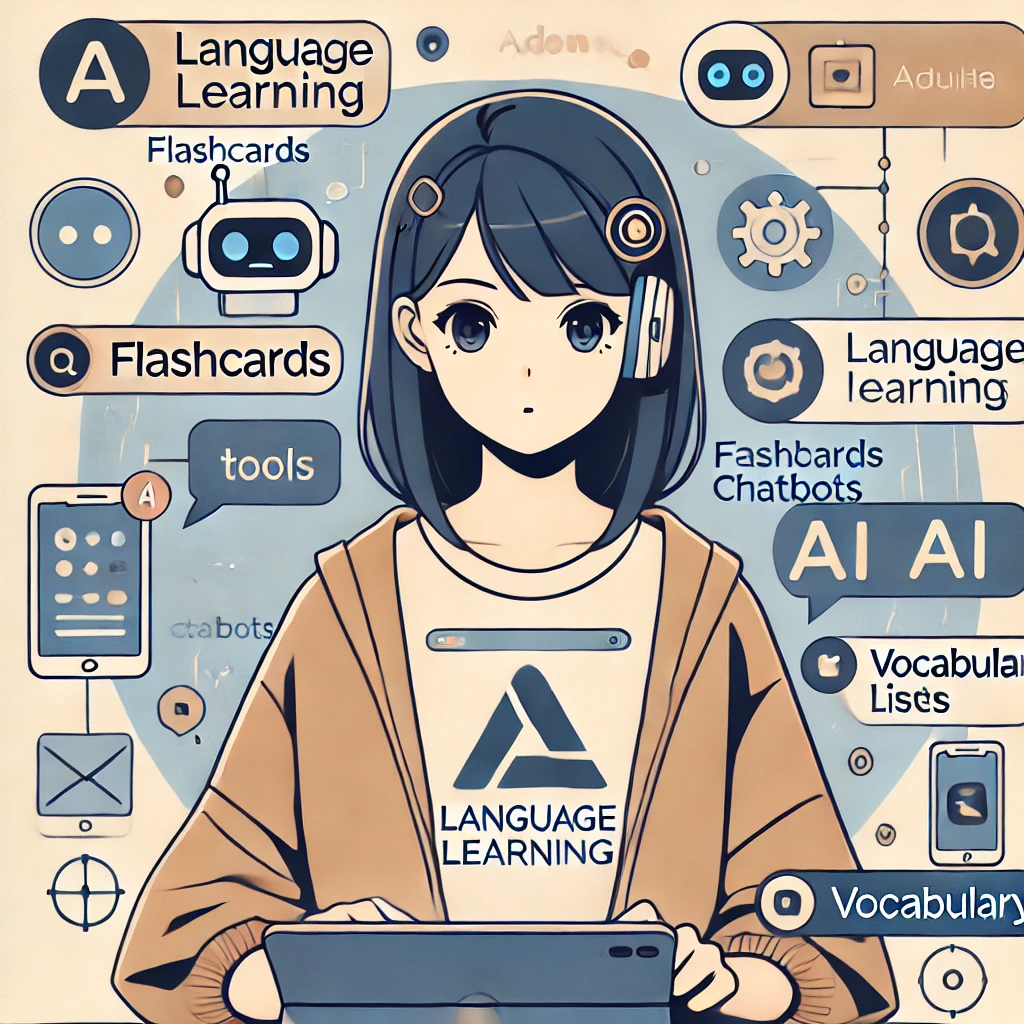In today’s digital age, learning a new language has never been easier, thanks to the wide array of apps and tools available. These tech-driven solutions are designed to make learning more accessible, engaging, and efficient. Whether you’re a beginner or looking to refine your skills, there’s an app or tool that can enhance your language learning journey. In this post, we’ll explore some of the most effective language learning apps and tools that can help you achieve fluency faster. 💻📱
1. Language Learning Apps for Everyday Practice
The core of tech-savvy learning often starts with dedicated language learning apps. These apps offer structured lessons, interactive features, and engaging interfaces to help you practice regularly.
- Duolingo 🦉
Duolingo is one of the most popular language apps out there, offering gamified lessons in over 30 languages. It’s designed to make learning fun, with bite-sized lessons that encourage daily practice. It’s perfect for beginners or those looking to brush up on basic vocabulary. - Babbel 💬
Babbel focuses on conversational skills, with lessons built around real-life situations. It’s great for learners who want to dive into practical speaking and listening exercises. Babbel’s lessons are structured and designed by language experts, providing more depth than many other apps. - Langlogy 🌐
Our app goes beyond traditional lessons by simulating real-life scenarios. It offers dialogues, interactive quizzes, AI chatbots, and customizable flashcards to create a personalized learning experience. Whether you’re practicing greetings or preparing for a conversation with a native speaker, our app supports both structured learning and immersive acquisition.
2. Flashcard Tools for Vocabulary Mastery
Vocabulary is the building block of any language. Flashcard tools have proven to be an effective way to memorize new words and phrases.
- Anki 🃏
Anki uses the Spaced Repetition System (SRS) to help you retain vocabulary more efficiently. By spacing out reviews at scientifically optimized intervals, Anki ensures that you revisit new words right before you’re likely to forget them, making it an essential tool for vocabulary retention. - Quizlet 📚
Quizlet offers a fun and interactive way to study vocabulary with customizable flashcard sets, matching games, and even collaborative study modes. You can access user-created decks or build your own, covering everything from basic vocabulary to advanced grammar. - Our Flashcard Feature ✨
Our app’s flashcard system integrates seamlessly across all lessons, dialogues, and conversations. You can quickly create flashcards from any content you encounter in the app, add translations, and use SRS to review them at optimal intervals. This dynamic feature ensures you never lose track of new vocabulary.
3. AI-Powered Language Practice Tools
AI technology has transformed language learning by providing personalized, interactive experiences.
- HelloTalk 🗨️
HelloTalk connects you with native speakers around the world. You can practice writing, speaking, and even receive corrections from native speakers in real time. It’s a social experience that pairs you with language partners for authentic conversation practice. - Google Translate 🔄
Google Translate isn’t just for translating text—it offers real-time conversation translation, image translation, and voice-to-text features. While it’s not a replacement for language learning, it’s an essential tool for quick translations and understanding foreign text or speech on the go. - Our AI Chatbot 🤖
Our app’s AI chatbot offers an immersive conversational experience where you can practice speaking in your target language with a virtual partner. The chatbot can adjust difficulty levels, take on different personas (like a friend, taxi driver, or colleague), and even provide explanations when needed. It’s a powerful tool for building confidence in real-life speaking scenarios.
4. Comprehensive Language Platforms for Multi-Skill Learning
Some platforms provide an all-in-one solution, offering lessons across all skill areas—reading, writing, speaking, and listening.
- Rosetta Stone 📜
Rosetta Stone is one of the longest-standing language learning tools, known for its immersive method. It focuses heavily on visual learning, teaching languages without translations, and emphasizing context through images and phrases. - Pimsleur 🎧
Pimsleur is an audio-based learning platform designed to improve conversational skills. It’s ideal for learners who want to focus on listening and speaking, offering audio lessons that teach through repetition and real-world conversations. - Our Learning Path 🛤️
Our app’s learning path prepares learners for a wide range of real-life scenarios through engaging dialogues, useful expressions, and quizzes. Each lesson is crafted to develop a well-rounded skill set, blending structured learning with immersive language acquisition.
Conclusion
With the vast range of apps and tools available, learning a language has become more convenient and effective than ever before. Whether you’re looking for vocabulary tools, immersive practice, or structured lessons, there’s something for everyone. By combining the right tools and apps, you can create a personalized, tech-savvy learning experience that fits your goals and lifestyle.
Ready to boost your language learning? Try out our app’s features here and discover how we can support you on your path to fluency! 🚀📲
